In the five centuries since Europeans were introduced to tobacco, smoking has generated considerable controversy. This gallery tracks shifting views on smoking and health, from life-saving stimulant to deadly habit.
A medical history of smoking, from cure to killer
Words by Matthew Wood
- In pictures
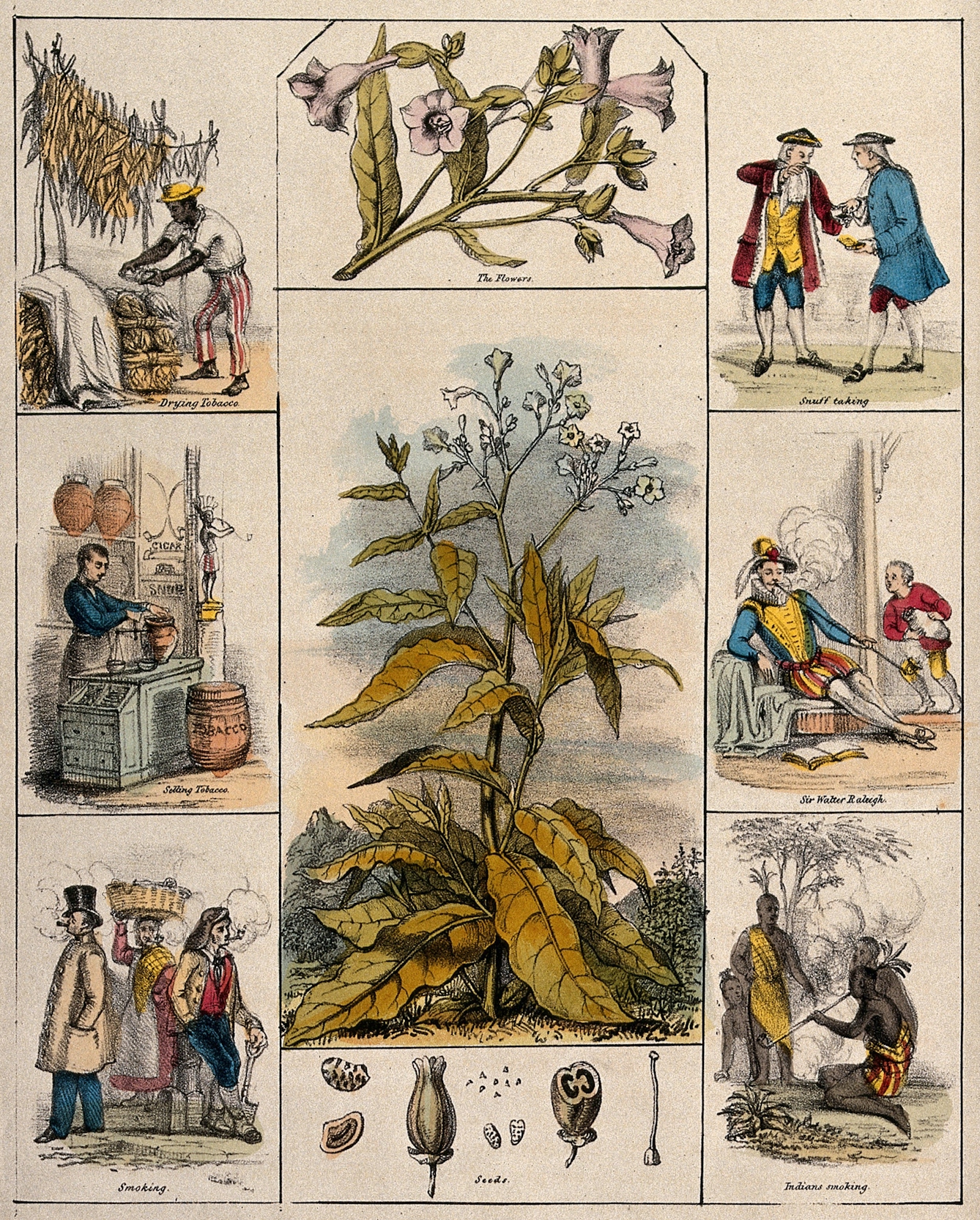
Tobacco is a nightshade plant first introduced to Europe in the 16th century. The leaf had been widely used for centuries by the peoples of North and South America, where smoking formed an important part of religious beliefs and medical remedies. European physicians and apothecaries were particularly interested in its potential uses in medicine.
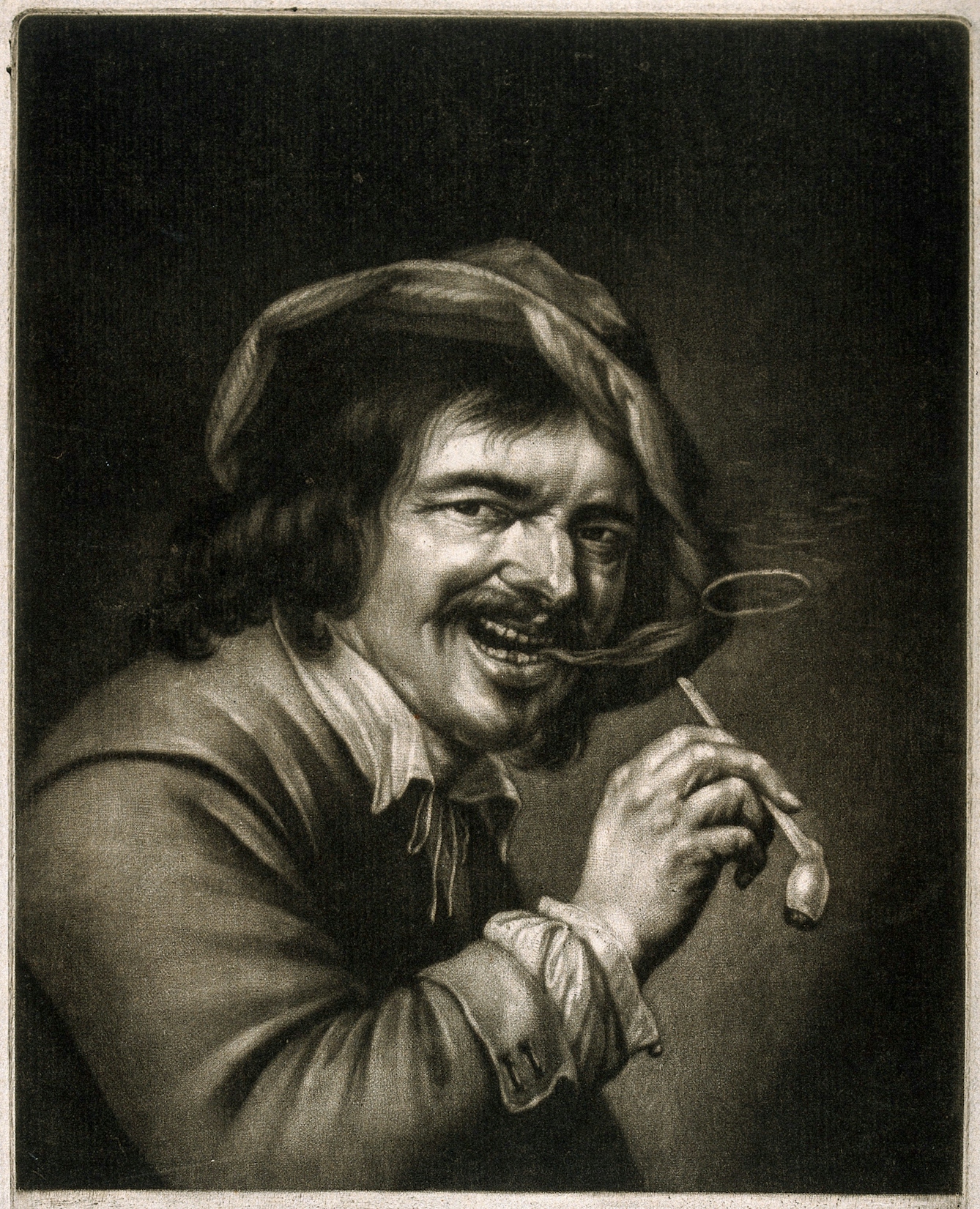
Not everyone was happy with the growing use of tobacco in Britain. In 1604, King James VI wrote ‘A Counterblaste to Tobacco’, arguing that smoking was dangerous to lung health and offensive to the senses. A tariff was placed on tobacco imports, although this was later removed after it severely impacted on the economy of the still-young American colonies.
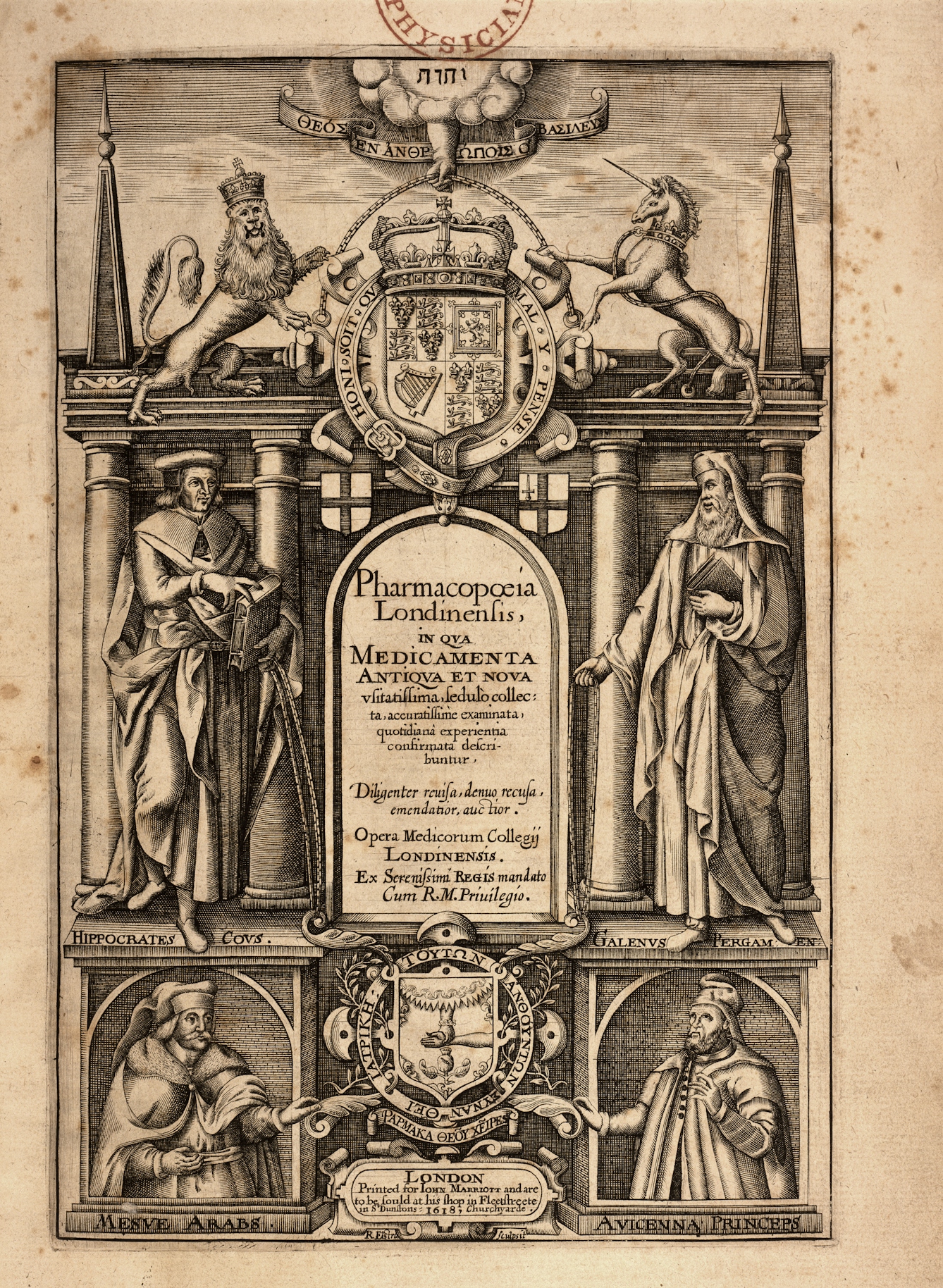
Despite the concerns of critics, tobacco was believed by many to have great medicinal benefits. In 1618, the Royal College of Physicians (RCP) of London published ‘Pharmacopoeia Londinensis’, the first standard book of medicines in England. In it, the hot and dry tobacco leaf is recommended as a useful drug for counteracting the symptoms of cold and lethargy.
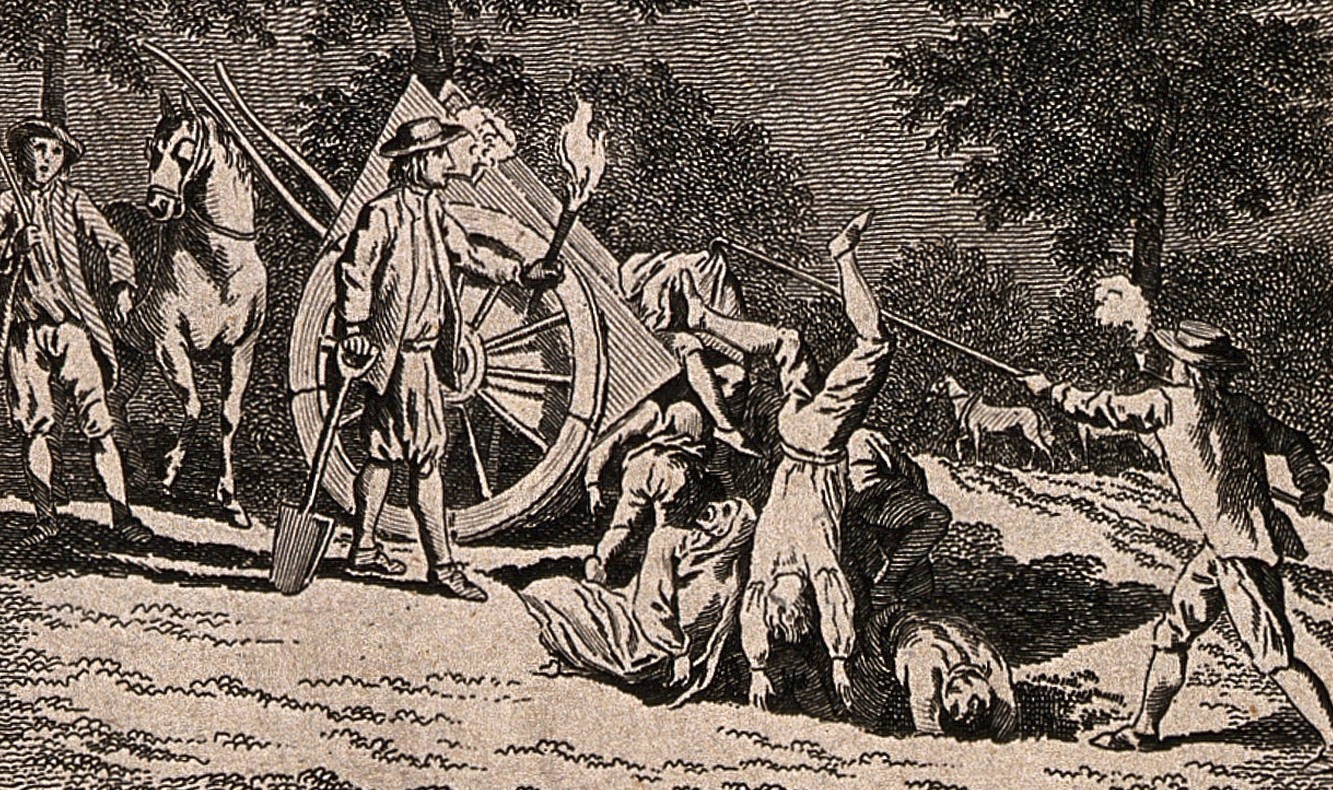
In 1665, London was rocked by an outbreak of bubonic plague. It was believed that the disease was spread by bad smells and invisible ‘miasmas’, so people used smoke to protect themselves. Tobacco was especially recommended to ward off the plague, and those tasked with disposing of the dead smoked a clay pipe to keep the disease at bay.
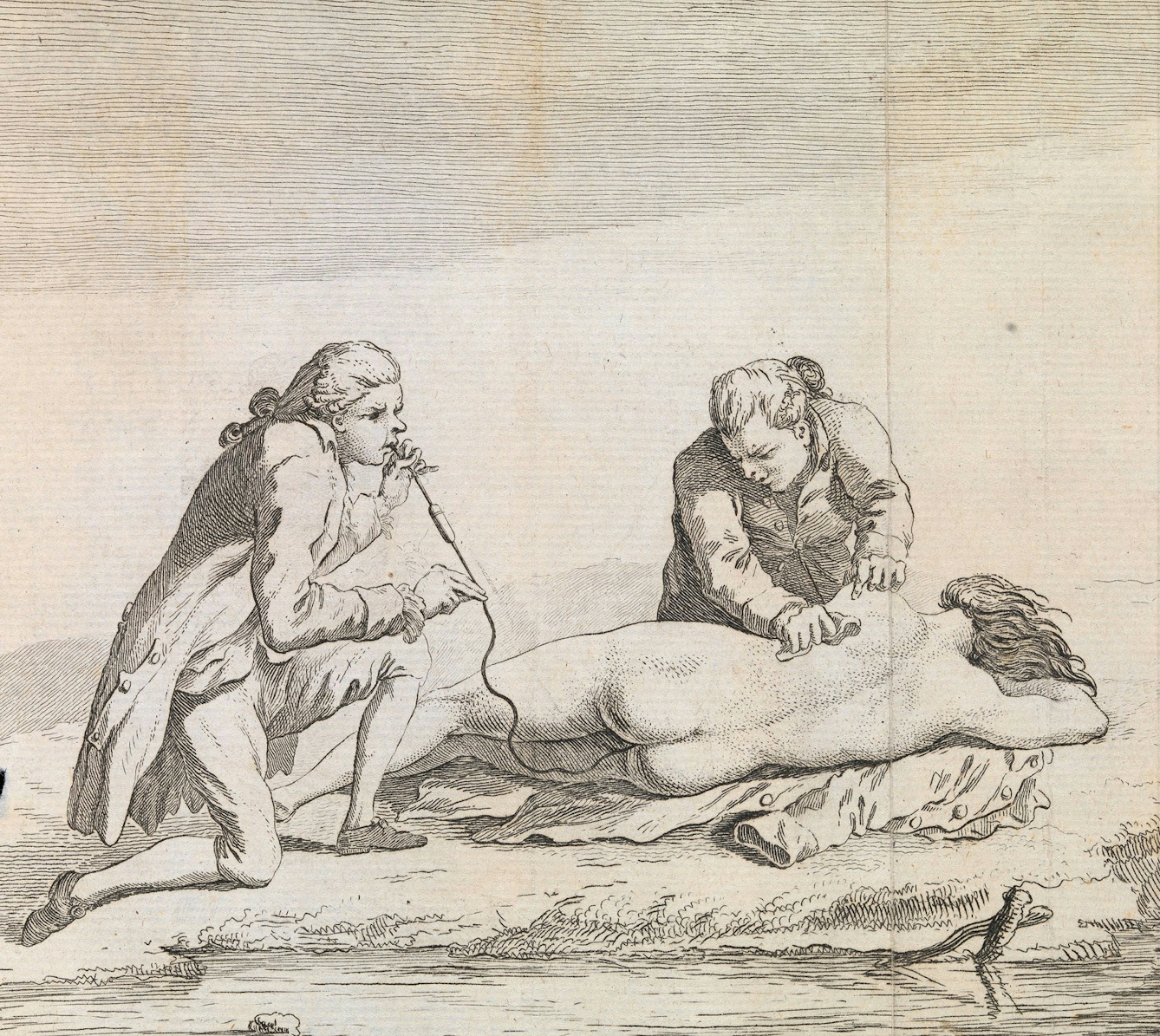
One of the most unusual medical uses for tobacco was the smoke enema used to resuscitate drowning victims in the Georgian era. Physicians had believed that tobacco smoke combated cold and drowsiness, making it a logical choice in the treatment of drowned people in need of warmth and stimulation. Tobacco-smoke enema kits were provided along the River Thames by the Royal Humane Society.

The belief that tobacco smoke could ward off disease persisted for centuries. A pipe or cigarette was a necessary accessory for the doctor, surgeon or medical student, especially in the dissecting room. The anatomist was advised to smoke freely to cover the smell of the corpse and to protect himself from potential diseases emanating from the body.
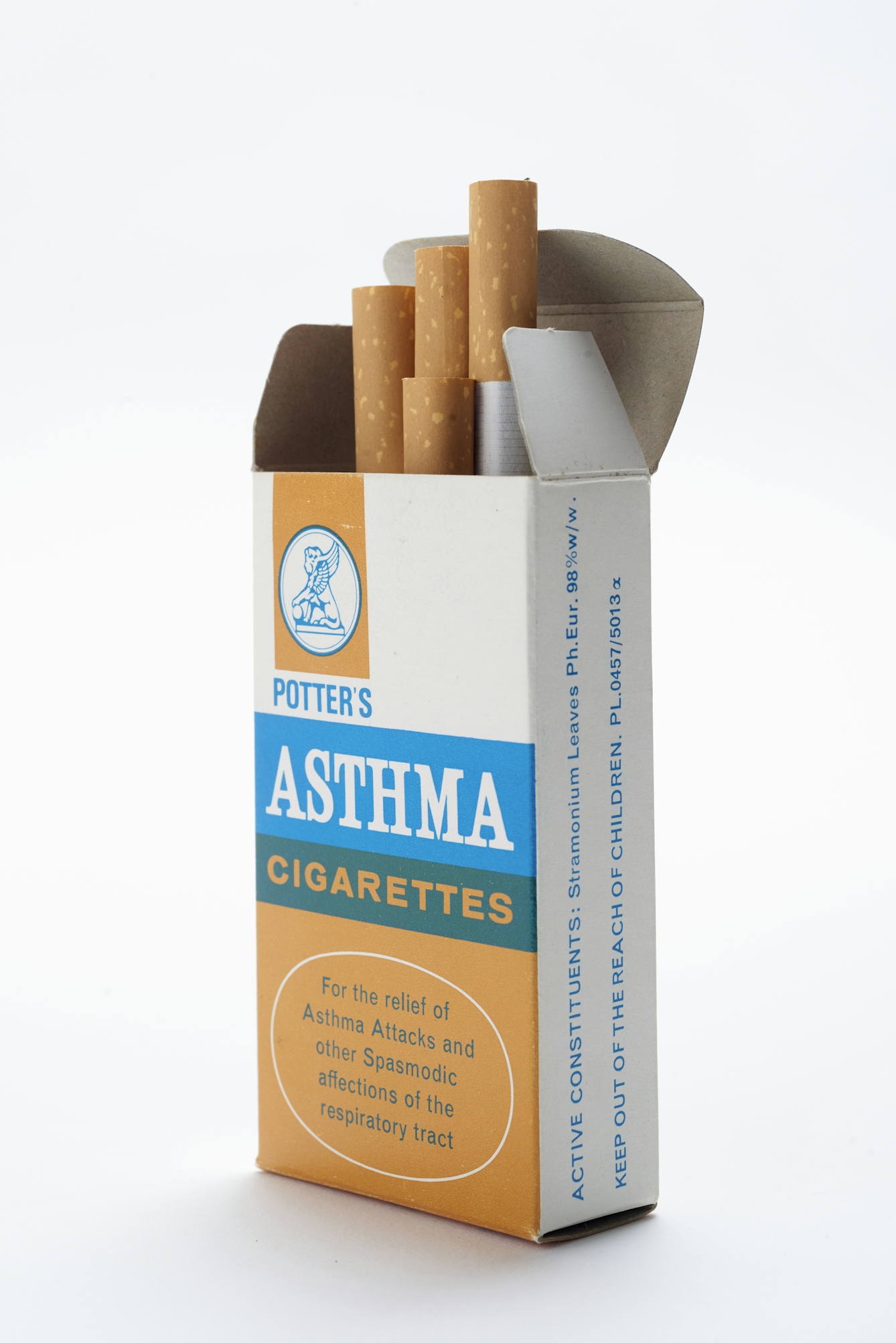
Smoking was recommended by physicians to treat illness too. Inhaling smoke seemed to be an effective method of delivering medicine to the lungs. Brands like Potter’s asthma cigarettes used the plant stramonium rather than tobacco. This can help to relieve the symptoms of asthma, but the benefits would have been offset by the irritation of the smoke on the patient’s airwaves.
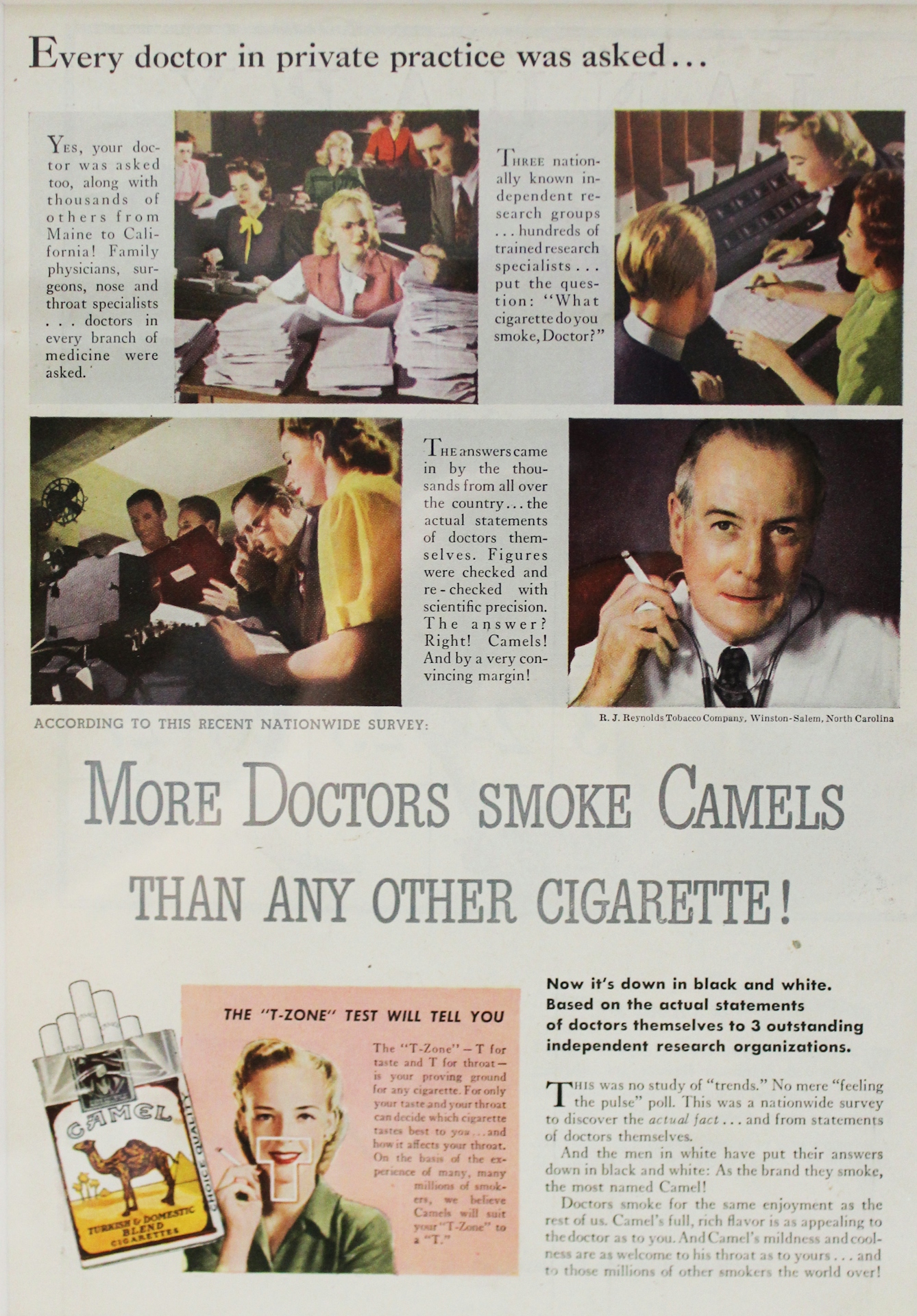
Health concerns about smoking started to take shape in the 1920s and 1930s. To reassure their clientele, companies such as Camel used the image of the physician to sell their products. Advertisements famously claimed that doctors recommended smoking and smoked themselves. It would have been unusual for doctors at this time to actively encourage patients give up their smoking habits.
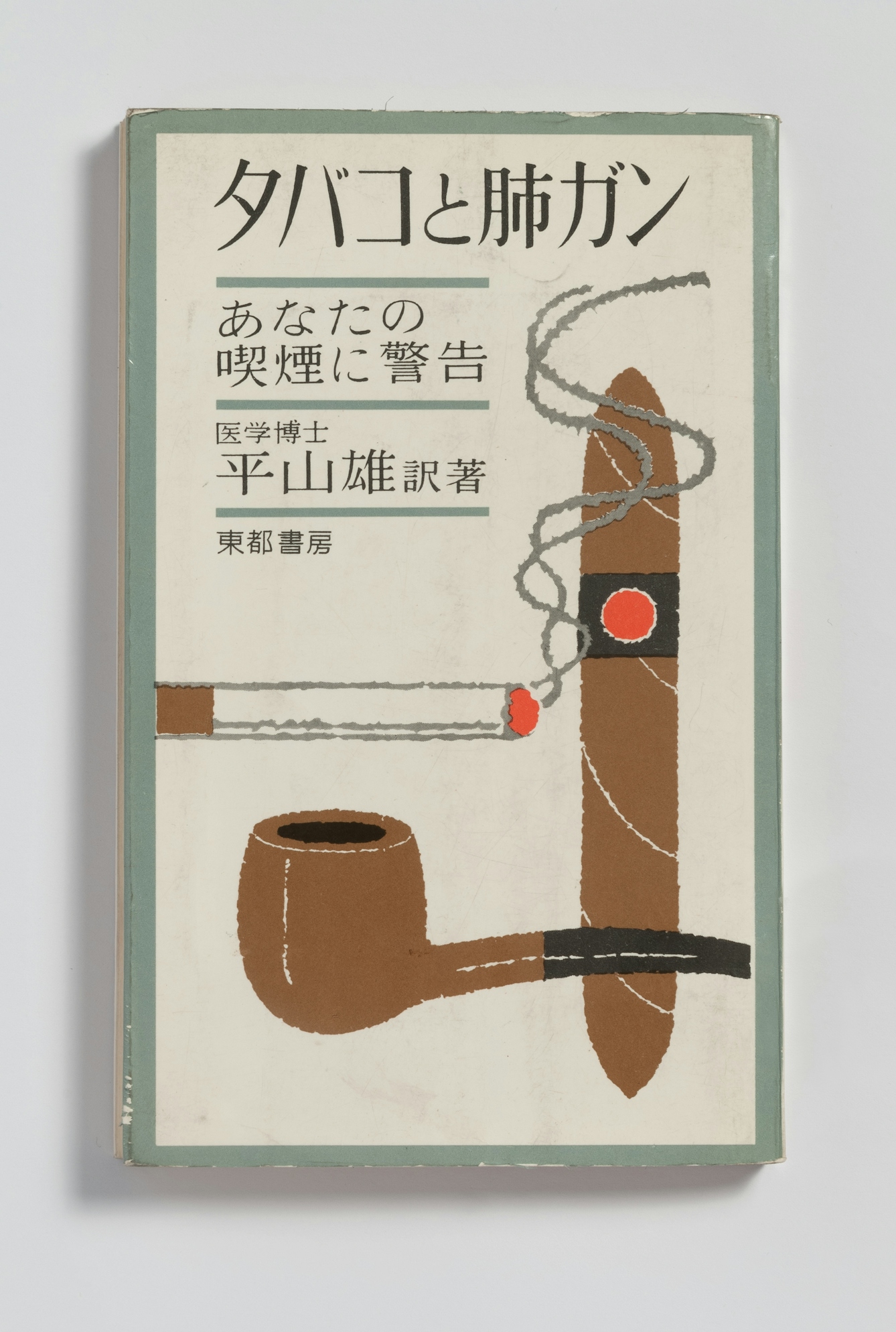
In 1962, the RCP published ‘Smoking and Health’, which used the research of Richard Doll and Austin Bradford Hill to demonstrate that smoking causes cancer. The report sold 33,000 copies in its first year and was widely translated, but the public response was hostile. The Daily Telegraph stated that the RCP was “taking the place of the Church as the main threat to human freedom”
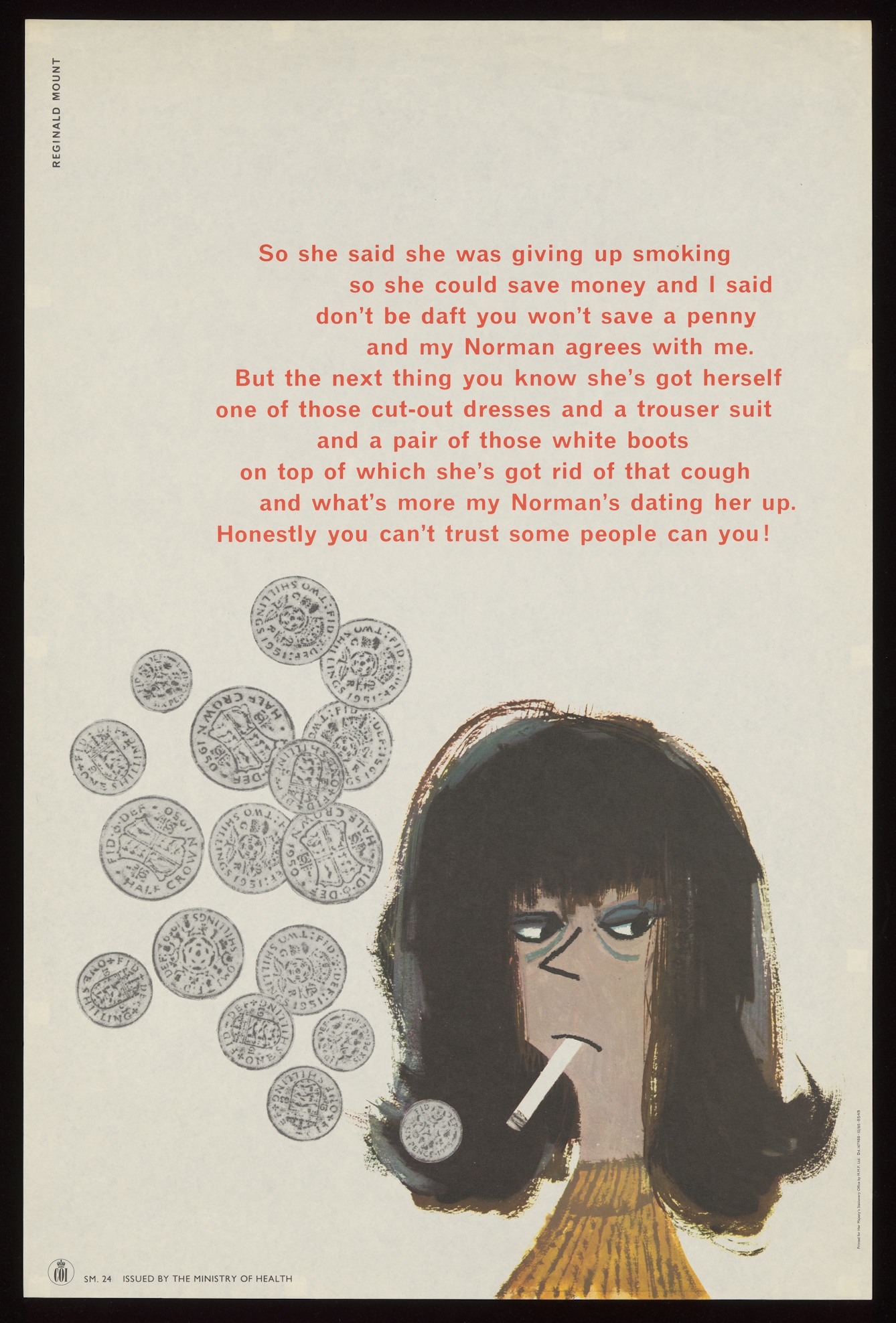
Initially the response to ‘Smoking and Health’ was to search for new, ‘healthier’ cigarettes. Within a few years the emphasis had shifted towards encouraging people to give up the habit. The NHS launched its first anti-smoking units and the Ministry of Health commissioned posters to discourage smoking by emphasising not only the health benefits of kicking the habit, but the financial benefits too.
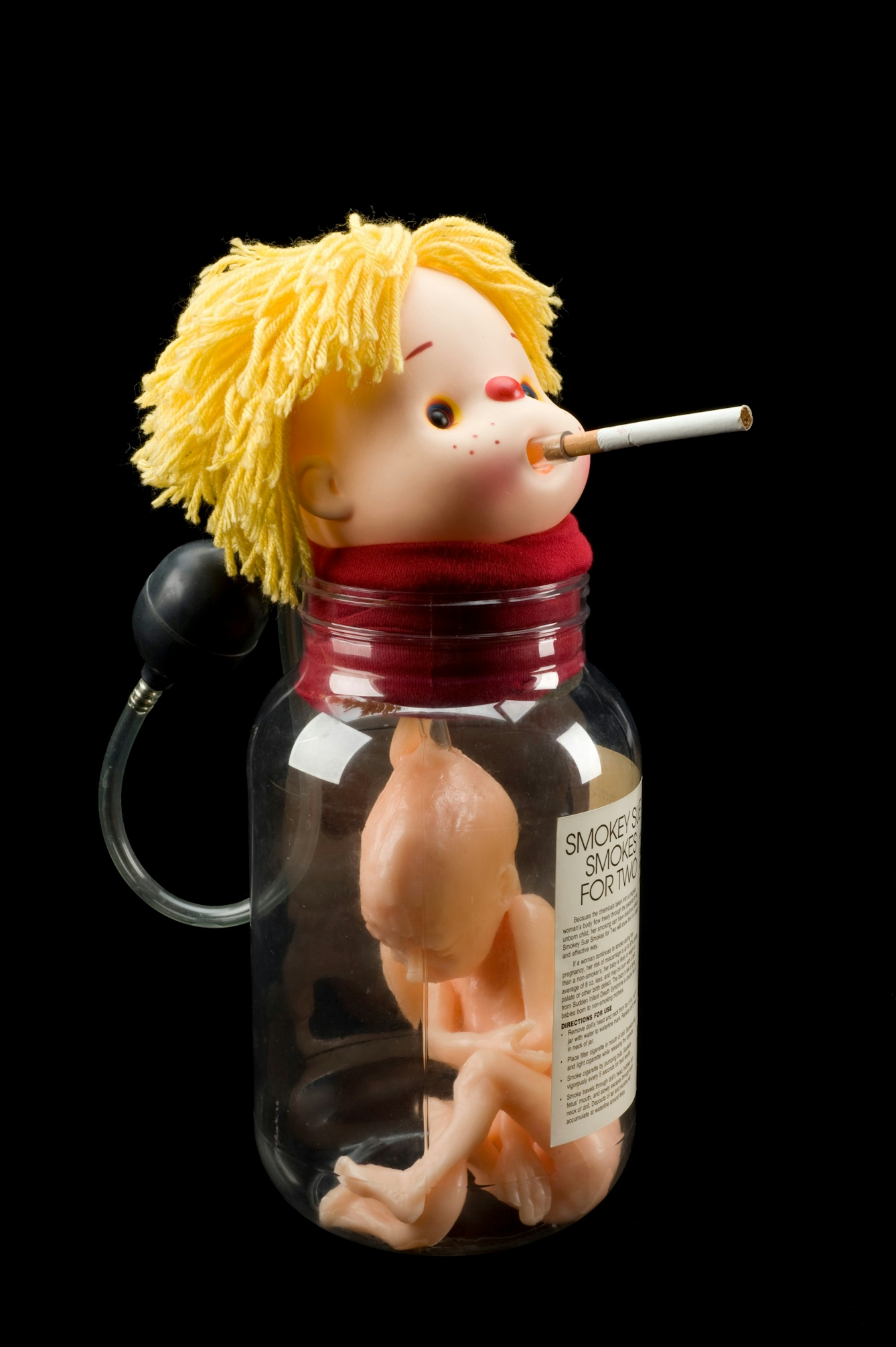
By the 1980s and 1990s, the health effects of passive smoking became clearer, and this eventually led to a smoking ban for all enclosed workplaces in Britain in 2006–7. Emphasis was placed on education and prevention. Smoking in pregnancy was the focus of many such initiatives, using devices like the ‘Smokey Sue’ doll to illustrate the effects of cigarettes on an unborn child.
The e-cigarette replaced the tobacco leaf with nicotine and water vapour, and was first developed in the early 2000s. The invention initially prompted concern that e-cigarettes and vapes could increase the number of people forming nicotine addictions, though research by the RCP shows that vapes and e-cigarettes can be effective as an aid to quit smoking.
About the author
Matthew Wood
Matthew Wood is Exhibitions Officer at the Royal College of Physicians and has been working on their new exhibition ‘Catch Your Breath’, which is open from April to September 2019. The exhibition combines research from the Wellcome-funded Life of Breath project, contemporary artworks, and objects from the RCP’s 500-year-old collections to demonstrate the unique role of respiration in human life and culture.

